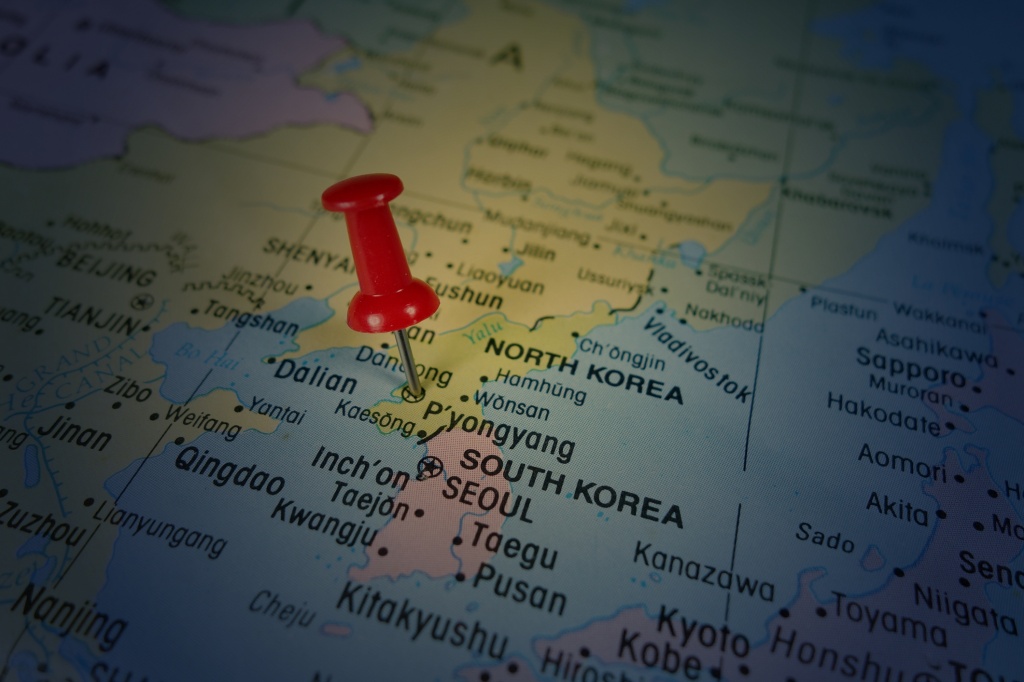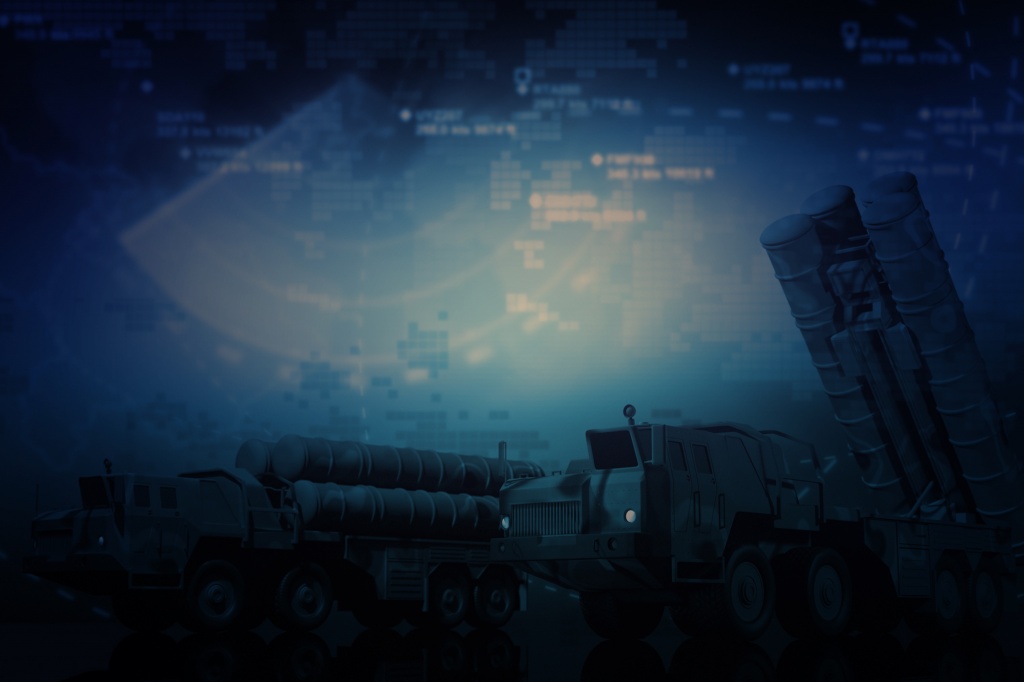It is published simultaneously by RECNA-Nagasaki University, Asia Pacific Leadership Network for Nuclear Non-proliferation and Disarmament (APLN), and Nautilus Institute.

NUCLEAR WEAPONS AND DELIVERY SYSTEMS THAT MIGHT BE IMPLICATED IN NUCLEAR USE INVOLVING THE KOREAN PENINSULA
Matt Korda
Prepared for the
Project on Reducing the Risk of Nuclear Weapons Use
in Northeast Asia (NU-NEA)
Co-sponsored by
The Research Center for Nuclear Weapons Abolition, Nagasaki University (RECNA),
The Nautilus Institute for Security and Sustainability, and
The Asia-Pacific Leadership Network for Nuclear Non-Proliferation and Disarmament (APLN)
with cooperation of
Panel on Peace and Security of Northeast Asia
Additional funding by the MacArthur Foundation
January 20, 2022
It is highly unlikely that the Democratic People’s Republic of Korea (DPRK) would intentionally launch nuclear weapons in the absence of an existential threat to the continued survival of the state and its political leadership. However, in the event of such a scenario—for example, the prospect of an imminent US invasion or regime change operation—it is possible that the DPRK would use some of its estimated forty to fifty nuclear weapons in an attempt to forestall US action. In that case, the DPRK could use its short- and medium-range ballistic missiles early in a conflict to strike political and military targets in the Republic of Korea (ROK) and Japan, it and could potentially use its intermediate-range and intercontinental ballistic missiles to strike US military targets on Guam and Hawaii. The DPRK could also hold some nuclear weapons in reserve to strike the continental United States with intercontinental ballistic missiles, in the event that its initial nuclear strikes did not prevent an existentially threatening conventional invasion of the DPRK. First nuclear strikes by the United States (and its allies), or by China or Russia, may also be unlikely in the absence of an overwhelming provocation, but the nuclear weapons and launch systems available to these states are also considered.
Keywords:
DPRK, Nuclear Weapons, Delivery Systems, Nuclear-use Case, Korean Peninsula, United States
Authors’ Profile:
Matt Korda is a senior research associate and project manager for the Nuclear Information Project at the Federation of American Scientists, where he co-authors the Nuclear Notebook with Hans Kristensen. Matt is also an associate researcher with the Nuclear Disarmament, Arms Control and Non-proliferation Programme at the Stockholm International Peace Research Institute (SIPRI). Previously, he worked for the Arms Control, Disarmament, and WMD Non-Proliferation Centre at NATO HQ in Brussels. Matt received his MA in International Peace & Security from the Department of War Studies at King’s College London.




















